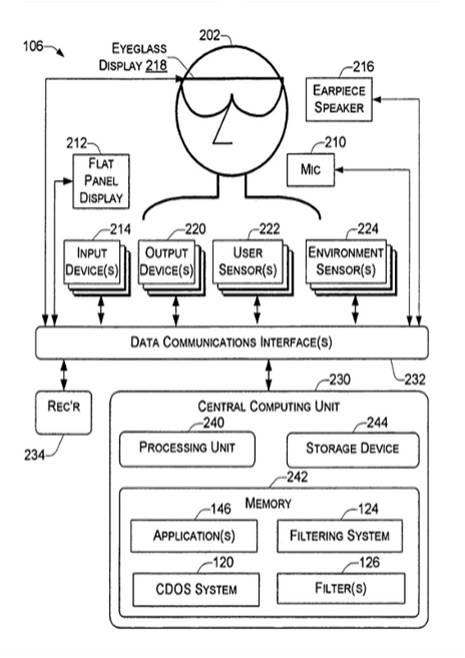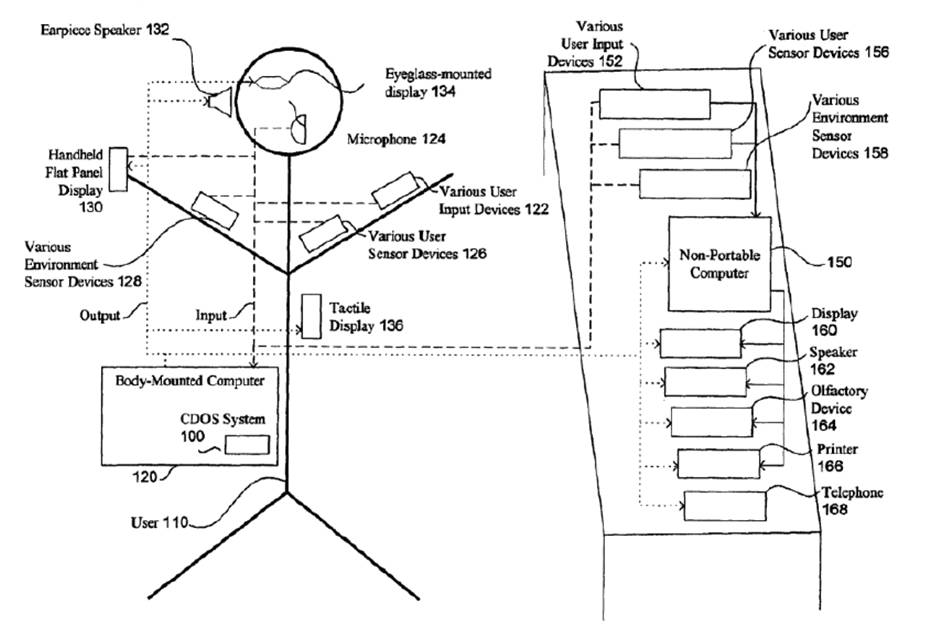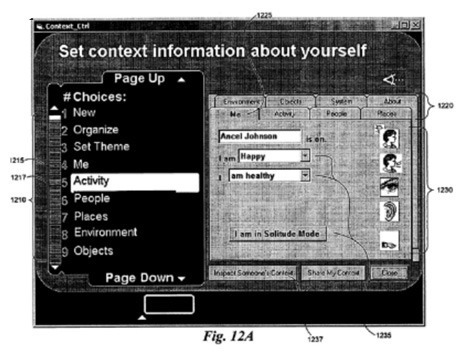Posts Tagged ‘Microsoft Corporation’
Tailoring computing experience based on user’s mental state and quality of attention: Key neurotechnology patent #30
Today we highlight a fascinating 2008 patent assigned to Microsoft, discussing assessment techniques such as pupil tracking or head orientation sensors to identify where and what the user is focused on–and what types of information and/ or notifications to display accordingly. U.S. Patent No. 7,395,507: Automated selection of appropriate information based on a computer user’s context.…
Read MoreManaging information flow based on user’s mental state and cognitive load: Key Neurotech Patent #19
This is another fascinating 2005 patent assigned to Microsoft, helping manage the presentation of information based on user’s mental and physical state and cognitive load (and, yes, desired level of privacy). U.S. Patent No. 6,874,127: Method and system for controlling presentation of information to a user based on the user’s condition. Assignee(s): Microsoft Corporation Inventor(s): Dan Newell, Kenneth H.…
Read MoreHow Microsoft anticipated wearables, machine learning and cognitive enhancement: Key Neurotech Patent #18
Let’s discuss today a fascinating patent assigned to Microsoft back in 2015. (As mentioned, we are featuring a foundational Pervasive Neurotech patent a day, from older to newer by issue date) U.S. Patent No. 6,842,877: Contextual responses based on automated learning techniques. Assignee(s): Microsoft Corporation Inventor(s): James O. Robarts Eric L. Matteson Technology Category: Neurocognitive Training Issue Date: January…
Read More


